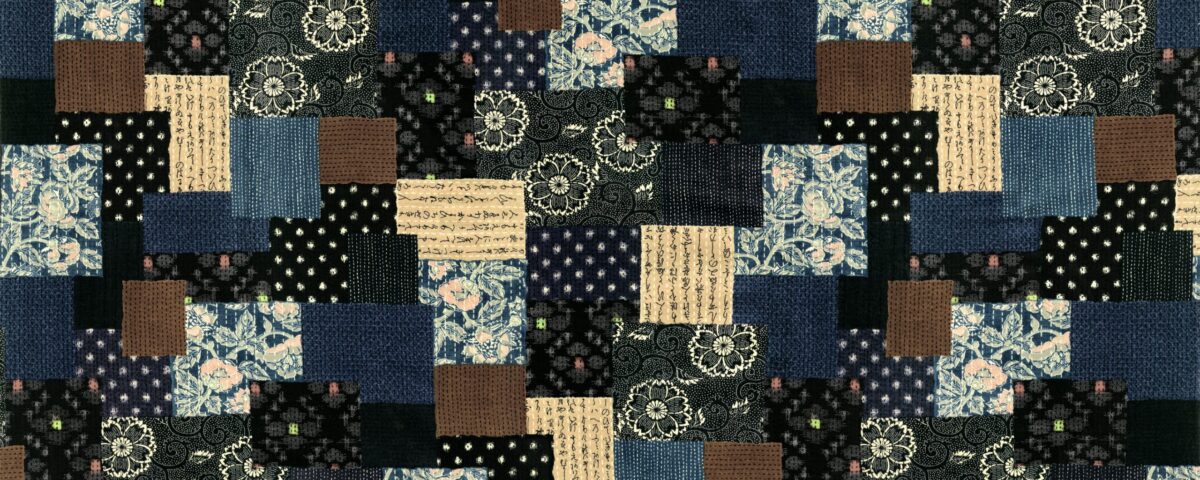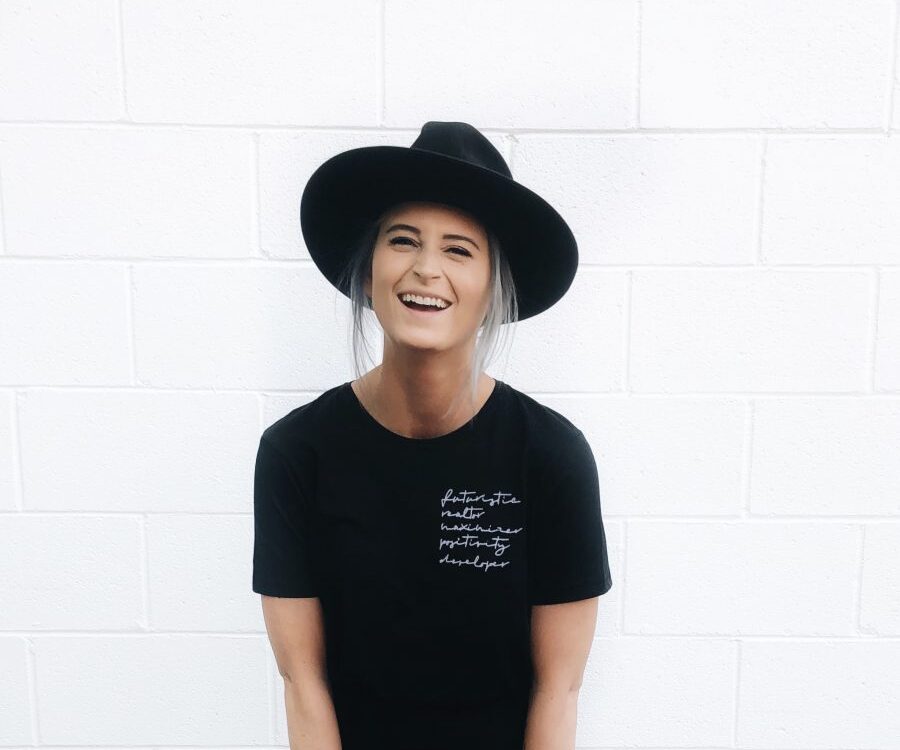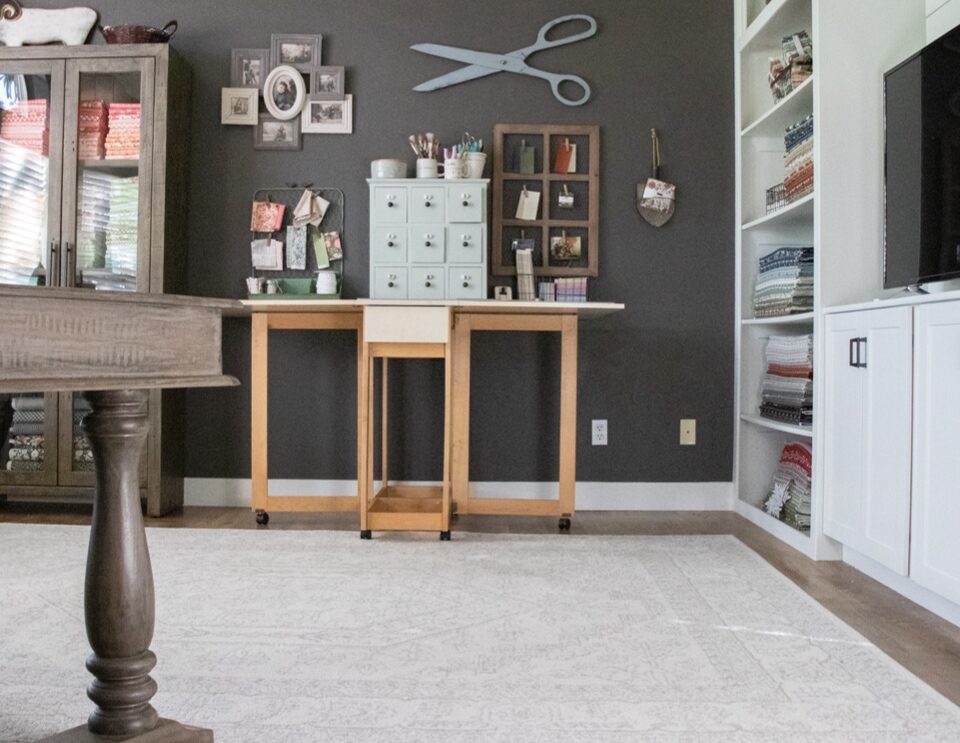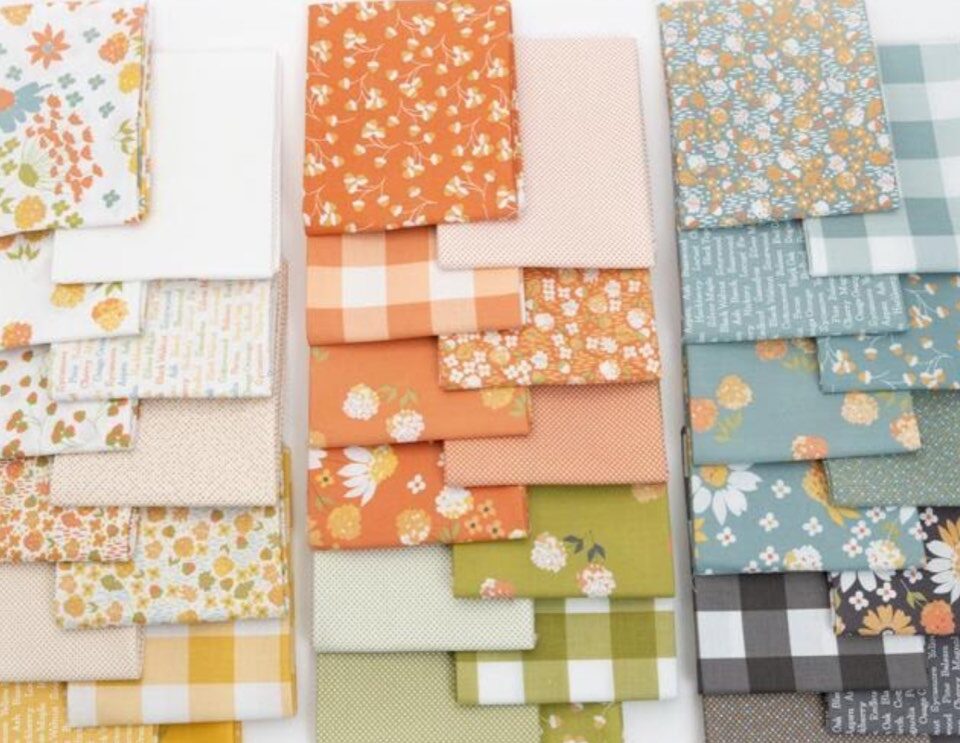- Wholesale Fabric Supply Distributor in Canada for Quilting and Sewing Retailers.
Yukata Fabric Collection by Debbie Maddy for Moda
- Articles
- Featured Designers
- Yukata Fabric Collection by Debbie Maddy for Moda
Yukata Fabric Collection by Debbie Maddy for Moda
Shibori artist Debbie Maddy loves introducing people to the beauty of Japan through fabric. In her latest fabric collection Yukata, she captures the beauty and appeal of Boro and traditional Kimono fabrics.

It’s fair to say that Debbie absolutely loves Japanese textiles. She teaches Shibori, which is a type of Japanese tie-dying technique that comes in many forms. With Shibori, fabric can be folded, or wrapped, pleated or tied, and then held in place with clips or stitches before being dyed with traditional indigo dye. The folded areas resist the dye and create beautiful endless designs.
“My personal journey into fabric design came from my personal journey and obsession with Shibori resist and indigo dye,” Debbie says. “It started with a one-day class in McKinney, Texas and has taken me to Japan twice, England once and all over the US taking classes from master Shibori artists. I love designing Shibori stitching, and indigo is my favorite dye.”

Debbie enjoys tradition and simplicity, too. “My studio is a very functional space that was an old carriage house behind our 100 year old home,” she notes. “It is not Pinterest-worthy but it works for me. I can design, dye, sew or video my classes in one space.”
About Yukata Fabric Collection
Debbie’s past fabric collections have been heavily inspired by Shibori, creating prints that are reminiscent of the technique but conveniently available off the bolt. Yukata is different – it is a reproduction line of vintage fabrics based on designs purchased on her last trip to Kyoto, Japan. It may come as no surprise that the word Yukata is the name for an unlined summer kimono.
In the fabric collection, there are eight naturally dyed prints in varying shades of brown and blue, for a total of 34 designs. The prints include a couple of different florals, a script print, some neutral linen textures, and fuzzy dotted shapes. The real star of the show is the Boro feature fabric, available in varying colourways. Boro is a traditional technique that dates back hundreds of years, and has a significant history in Japan with peoples of lower socioeconomic status—often peasant farmers and the impoverished. People would layer and patch worn fabrics to extend the life of textiles out of necessity to keep warm in low temperatures. These patches were sewn on with a running stitch called sashiko. The result is a dynamic, beautifully scrappy and visually pleasing aesthetic.

Sewing ideas

As a quilter herself, Debbie has a unique perspective. She has created six patterns for this fabric collection that bring together modern quilt design and more traditional fabrics in harmony. Shown here are two examples of this. The more complex half square triangle design is Swallows which is layer cake and charm pack-friendly. The more minimal square design is layer cake and fat quarter friendly and is called Windows. Both of these quilt patterns have directions to make the quilts in different sizes from lap to king size.

Debbie suggests that these fabrics be used for some unique home decor projects, as they are perfectly subtle and neutral. Is unique your style? With this in mind, she suggests utilizing the boro designs to make clothing, as it’s available in both linen and quilting cotton, and is, she says, “perfect for a jacket.”
Quilter Quickfire Questions
Hand piecing or machine piecing?
Machine
Seam open, or pressed to the side?
To the side
Precision piercing or improv?
Usually precision
Scrappy quilts or limited palatte?
Both!
Long arm or domestic quilting?
By cheque. I pay a long-arm quilter!
Yukata by Debbie Maddy from Moda Fabrics is arriving in Canadian stores in early 2022. We always encourage you to touch, feel, and experience the fabric you’ll use for your next creative project at your local quilt store.



